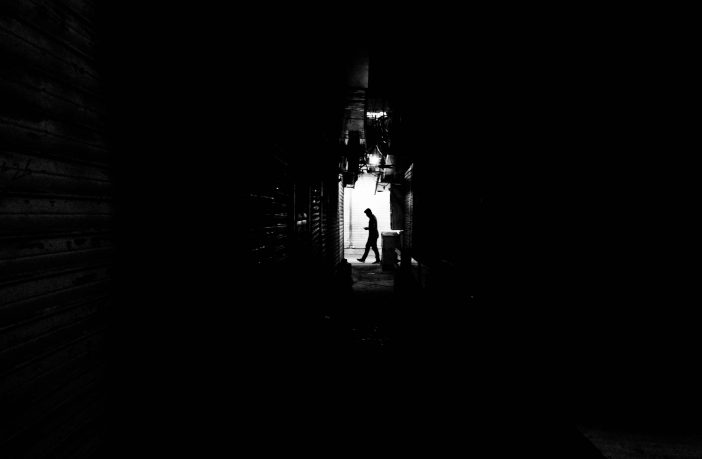- A recent report on the National Health Departments Head Quarters in Tswane found black dust in every office inspected.
- A worker in the building, Caroline Nkosi passed away last week after experiencing breathing difficulties after collapsing at work last month.
- Black dust in buildings is caused by carbon soot.
The National Department of Health’s Civitas building in downtown Tswane has been the scene of workers protests this week. The workers say that the building is not safe and conditions are unsafe for human occupation.
They also blamed the death of their colleague Caroline Nkosi, on the ongoing poor working conditions and maintenance at the building. Nkosi passed away last week after experiencing breathing difficulties after collapsing at work last month.
The Department of Labour conducted an inspection of the building in November 2018 and released its report recently confirming that there is a presence of black dust in every office inspected, both in the South Tower and North Tower.
According to the report, the dust was found on windows, walls around air-conditioning units and inside the air-conditioning unit grid covers. The report also confirmed that employees experience traces of a black substance when they blow their nose.
Buildings globally are responsible for over 30% of the world’s carbon emissions. Black dust in buildings is caused by carbon soot. Carbon soot is typically generated from poorly maintained heating and cooling systems (HVAC), lighting, office equipment and appliances drawing power.
The workers have vowed that they won’t resume work until Health Minister Aaron Motsoaledi had addressed their complaints about the unsafe working environment.
Author: Bryan Groenendaal











